Explore
Toy Story 3D Zoetrope
Twenty-five years ago, Pixar released Toy Story (1995), the first completely computer-animated movie.
Written ByAcademy Museum
Published onNovember 23, 2020
CategoryAnimation
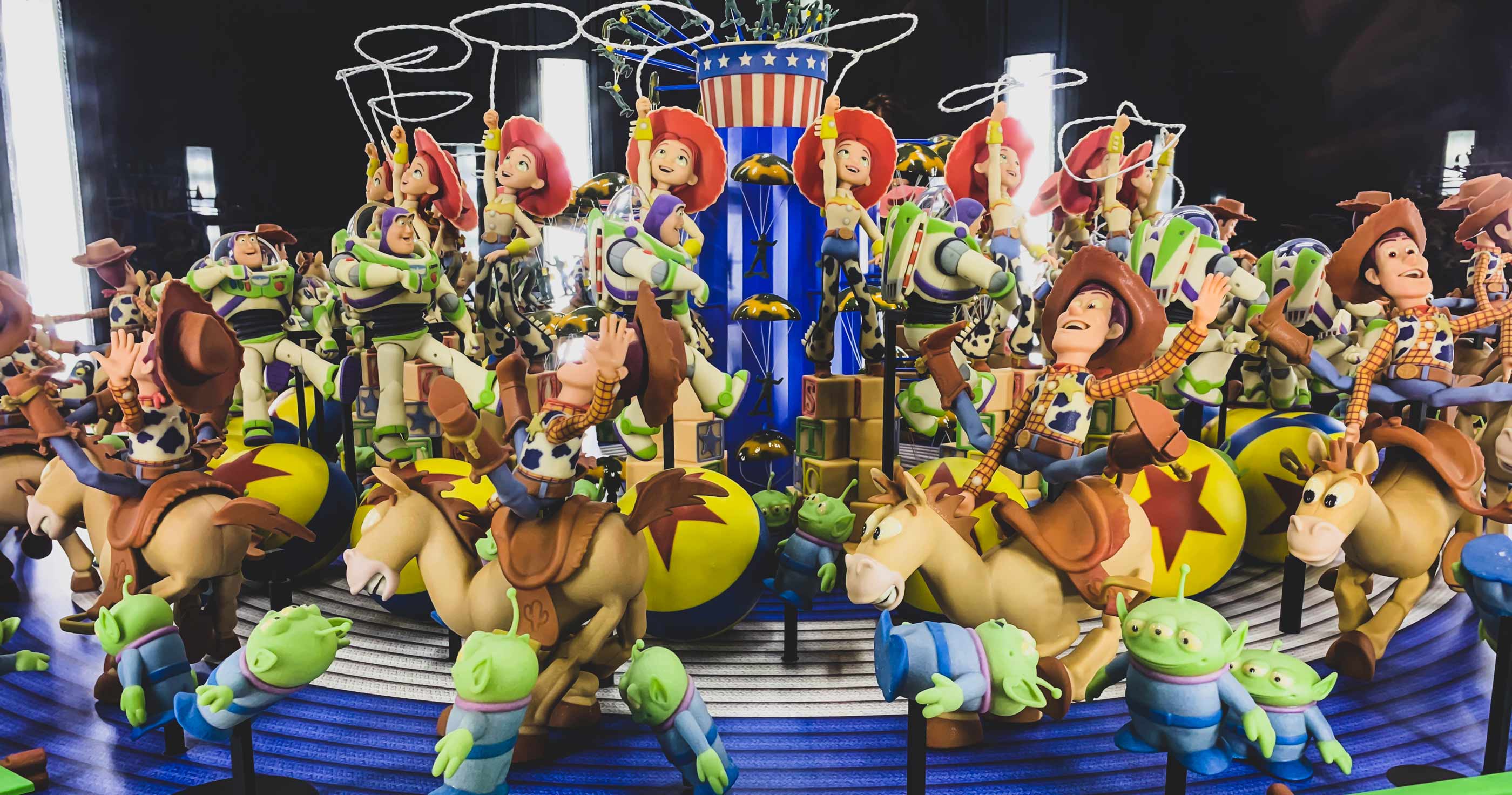
Toy Story 3D Zoetrope fully installed. Photo credit: Allen Fernandez. ©Academy Museum Foundation
Related Content
Podcast
Academy Museum Podcast
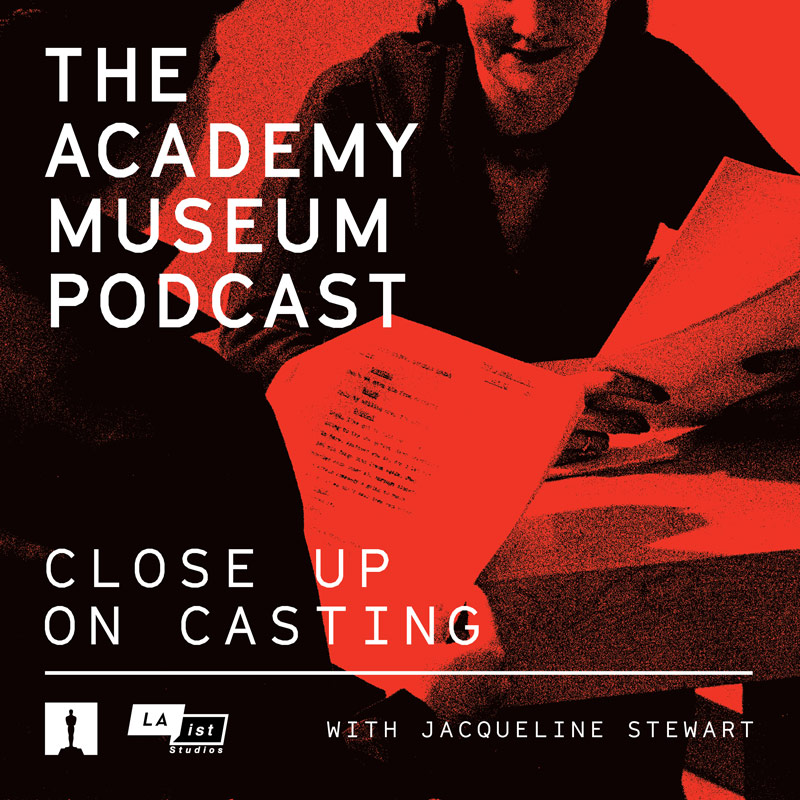
Podcast
Academy Museum Podcast
A new multi-season audio series that examines the myriad of stories of our cinematic history inspired by the museum’s galleries
A new multi-season audio series that examines the myriad of stories of our cinematic history inspired by the museum’s galleries

Exhibition
Regeneration: Black Cinema 1898–1971
The rich history of Black participation in American cinema from its beginnings to just beyond the civil rights movement
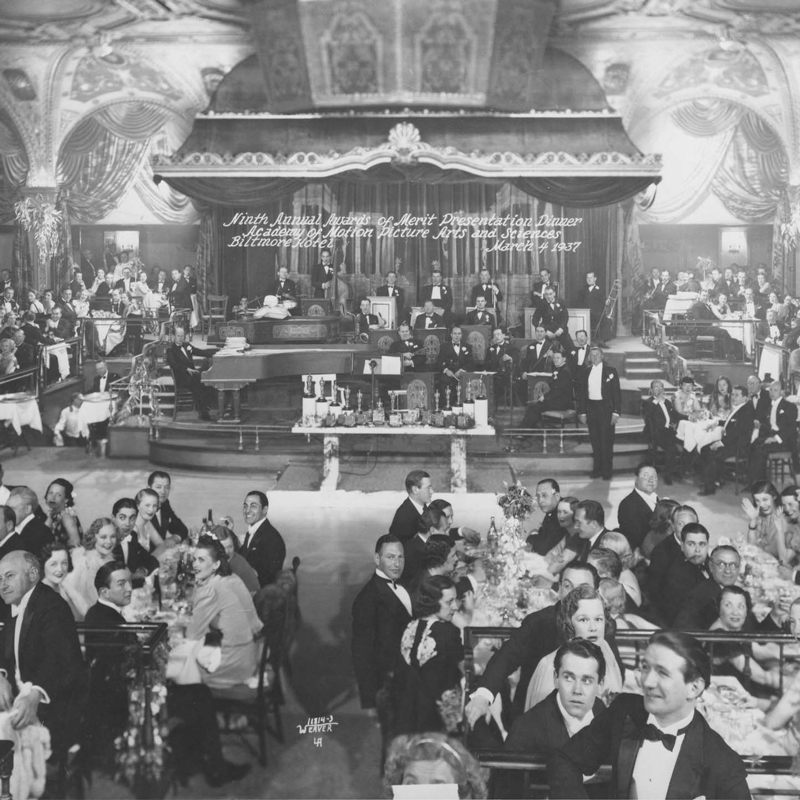
Interactive
Hollywood Past & Present
In Los Angeles, film history is local history. Expand the Academy Museum experience beyond our gallery walls, and take a self-guided tour of LA based on our exhibitions and collections.
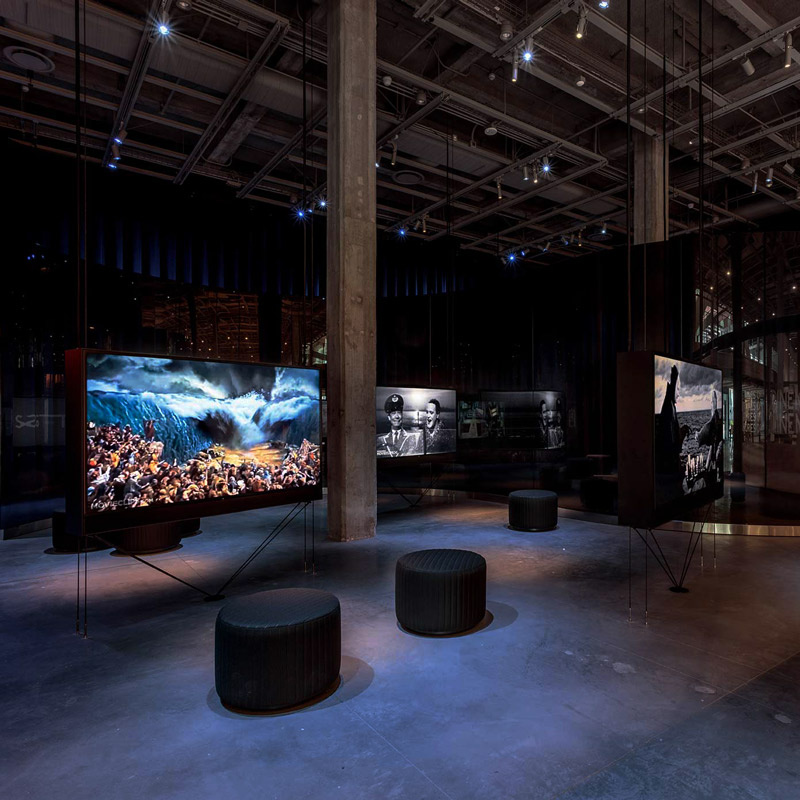
Exhibition
Stories of Cinema
A three-level exhibition presenting the diverse, international, and complex stories of moviemakers and the works they create.
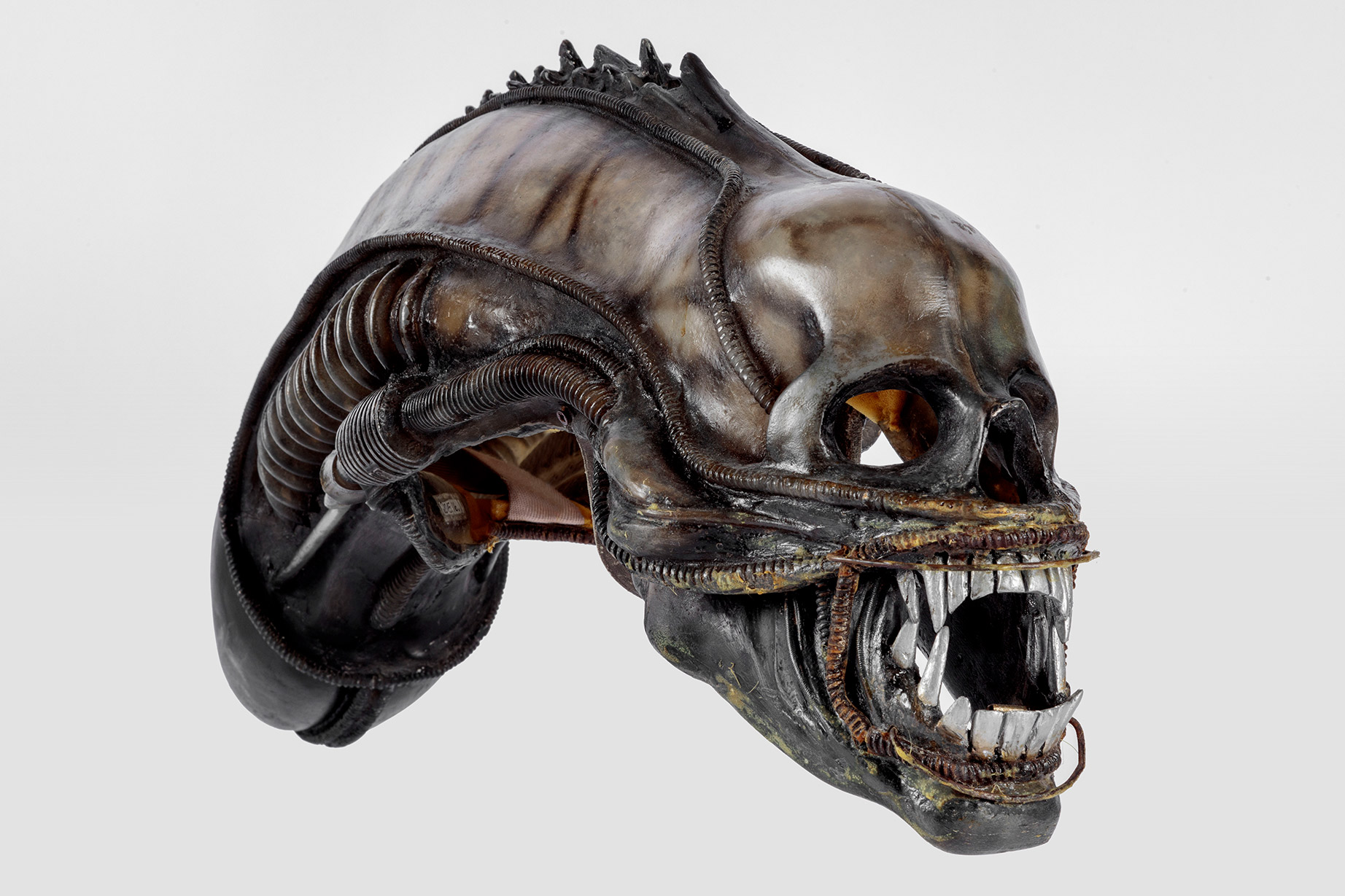
Collection
Academy Museum Collections
Discover some of the most exciting and important items from the Academy’s collection, which include more than 12 million photographs, 190,000 film and video assets, 80,000 screenplays, 61,000 posters, and 104,000 pieces of production art.